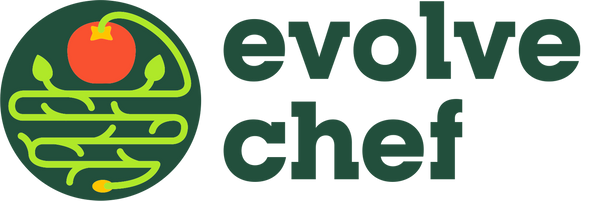Keto helps people lose fat by eating, well, more fat! However, eating a juicy steak for every meal isn’t exactly healthy. Fat is the foundation of Keto, but your body still needs other macronutrients like protein and trace amounts of carbs.
Here’s the lowdown on what Keto dieters should eat and how much.
Fat is your friend
When you’re on the Keto Diet, about 70-80% of your daily caloric intake should come from healthy sources of fat. A high-fat diet will send your body into a state of ketosis, which means cells are burning fat for energy instead of carbs. The liver converts fat into ketones and releases them into your bloodstream. This fat-burning process is how Keto dieters lose weight.
Remember that going Keto isn’t an excuse to eat loads of red meat every day. Keto dieters should choose healthy, unsaturated fats in order to reduce their risk of cardiovascular disease. Here are some Keto-friendly options to pick up during your next grocery trip:
- Seeds and nuts
- Low-carb veggies
- Olive and coconut oils
Protein is okay
Although fat will become your body’s main source of energy, protein is still necessary to build muscle. While the fatty foods help shave off the extra pounds, the appropriate amount of protein will bulk you up after hitting the gym. Reserve between 10-20% of your daily calories for high-fat sources of protein.
Keto diets require the right balance of protein. Your body only needs a limited amount of protein to maintain adequate muscle mass and recover from a hard workout. Extra protein gets converted to carbs for cellular energy. The cells will start burning carbs instead of fat and throw your Keto Diet completely out of whack!
Too little protein isn’t good, either. Eating less protein than what’s recommended will force your body to draw protein from muscle tissue. As a result, you’ll start to lose muscle mass and fall short of your fitness goals. Make sure you’re eating enough protein, and look for healthy sources like the following:
- Beef and poultry
- Seafood and shellfish
- Cheese and Greek yogurt
Carbs are the enemy
As you’ve probably guessed by now, Keto dieters should limit carbs as much as possible. Only 5-10% of your daily caloric intake should come from carbs. Eating too many carbs will snap your body out of ketosis. The body is quick to stop production of ketones and revert back to burning carbs.
However, this doesn’t mean you should eat a completely carb-free diet. Small amounts of carbs are necessary to help your energy levels stay afloat. Pick out low-carb foods packed with fiber and a high water content. The fiber will help you feel full while offering benefits to your digestive and immune systems. Add these items to your grocery list:
- Foundation vegetables (spinach, asparagus and brussels sprouts)
- Low-carb fruits (tomatoes, berries and watermelon)
Consistency is crucial
One sugary splurge is all it takes to derail a Keto Diet. Since the body is so quick to burn carbs, stick to a consistent diet that’s packed with fat and moderate amounts of protein. Consistency will yield the results you’re looking for. Remember why you began the diet in the first place and power through cravings for those non-Keto-friendly foods.
Reserve your spot for our next keto challenge!

